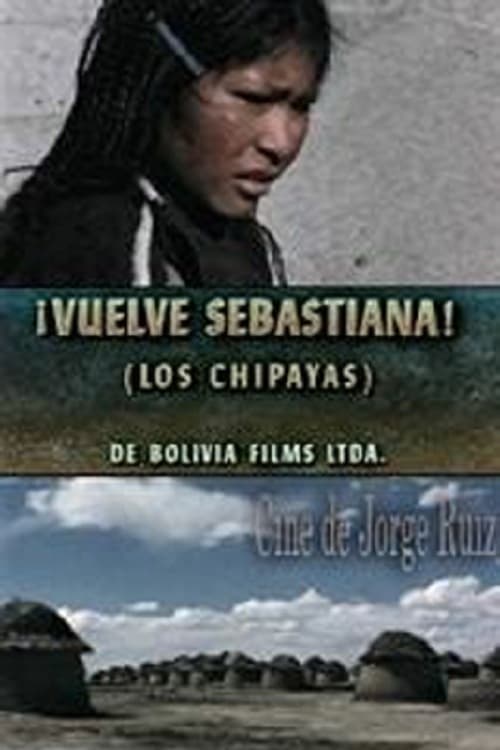

The story of a poor girl who leaves her starving family and sheep for a more prosperous village. Her grandfather finds her and tries to convince her to return to her home.
No Trailers found.

Sebastiana

Grandfather

Jesús

Sebastiana's Mother

Narrator

Narrator

Narrator